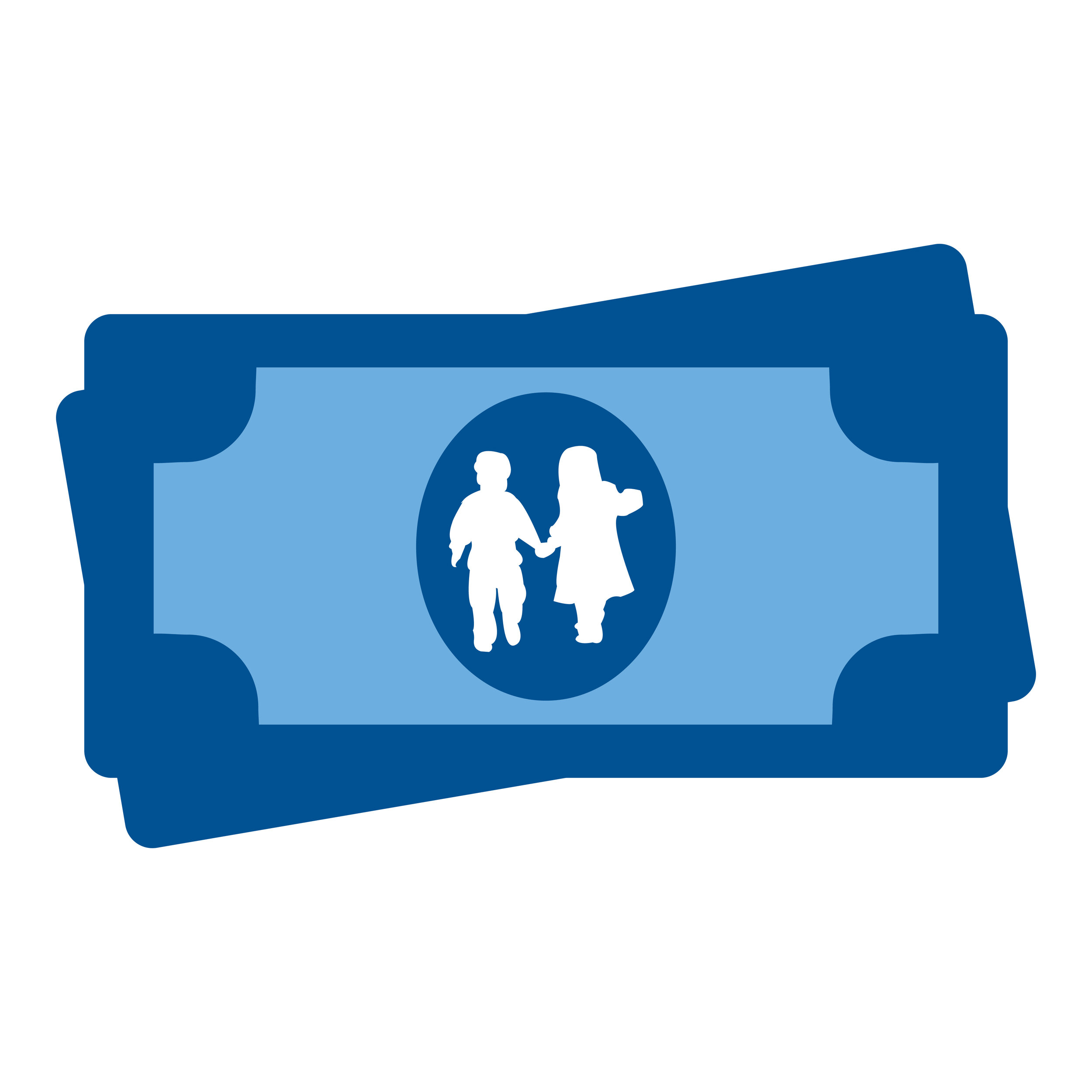
CHILD TAX CREDIT
The Child Tax Credit is one of the largest federal investments in children. It is also a powerful policy tool to help end child poverty and grow the middle class. Our research shows that the historic expansion of the credit amidst the pandemic has the potential to significantly reduce child poverty and improve child well-being now and yield high returns for society over the longer term.
Featured News
‘The American Rescue Plan is the biggest anti-poverty plan we’ve seen in the country since the introduction of Social Security’
‘The US has long been an outlier in how we structure our Child Tax Credit. Many countries have had a child benefit or child allowance in place since post War War II.’
A Historic Win for Children
The recent expansion of the Child Tax Credit marks a historic change in how our country supports children and families. More than one in three children in the U.S. were left out of the full Child Tax Credit each year because their families earned too little to qualify. The American Rescue Plan made three important changes to the Child Tax Credit for 2021: increasing benefit levels, particularly for young children; expanding access to reach children in families with the lowest incomes who were formerly left out; and paying the benefit out in monthly installments. Learn more about the changes in the Child Tax Credit at childtaxcredit.gov.
Tracking the Effects of the Expanded Child Tax Credit
We are committed to producing rigorous and timely evidence on the impact of the temporary expansion of the Child Tax Credit on children and families. As the monthly payments roll out and data becomes available, we will track the effects of the new Child Tax Credit on child poverty, material hardship, family income and expenditures, and child and parental well-being.
“At worst, a child allowance is a pretty good investment. At best, it’s an extraordinary investment.”
— Irwin Garfinkel, CPSP Co-Founder
Child Allowances are a Winning Investment
As policymakers consider making the more generous monthly Child Tax Credit permanent, evidence from here and abroad indicates substantial returns on this investment. Child allowances, or regular payments to support families with the cost of raising children, have long been a key policy across countries linked to reduced poverty and improved child outcomes. Our research has long highlighted the anti-poverty potential of expanding Child Tax Credit to more closely resemble a national child allowance by paying it out monthly and reconfiguring it to reach the children who need it the most. The National Academies of Science, in their A Roadmap to Reducing Child Poverty study identifying the most effective package of policies to halve U.S. child poverty, concurred. Our cost-benefit analysis reveals that an expanded Child Tax Credit would deliver a value to society eight times the annual costs: a $100 billion investment to convert the Child Tax Credit to a child allowance would generate $800 billion in benefits to society. If made permanent, it would continue to generate long-term savings and benefits by improving children’s health, education, and future earnings.
Who Had Been Left Out? The Case for Child Tax Credit Reform
The United States historically lacked guaranteed income support for children. The Child Tax Credit is the largest federal expenditure made to directly benefit children, but conditioning access to the full benefit on the level of parental earnings and a lack of full refundability resulted in more than one-third of all children in the U.S. left out. This impacted children all over the U.S., but our research revealed children of color, children in larger families, children in rural areas, and children in higher poverty areas were disproportionately excluded. The COVID-19 economic crisis further exacerbated the challenges associated with tying access to the Child Tax Credit to parental employment and earnings, as families unexpectedly—and en masse —lost jobs and income. A number of states and localities operate smaller, complementary versions of the Child Tax Credit, but often mirror policy design and conditions of the federal credit. Improving the federal Child Tax Credit on a permanent basis can also result in state and local Child Tax Credit improvements for children and families.
Presentations
FEATURED NEWS
-
Opinion: The key to reducing childhood poverty? Child tax credits distributed monthly.
Christal Hamilton, CPSP and Natalie Foster, Economic Security Project
A key reason for the Child Tax Credit’s success? Checks hit parents’ bank accounts once every month.
-
The tax break for children, except the ones who need it most
Jason DeParle, New York Times
The child tax credit, begun in 1997 as a tax cut, has become an anti-poverty program. But more than a third of children don’t receive it because their parents earn too little.
-
What states can do to drastically reduce child poverty
Meg Wiehe and Christopher Wimer, Governing
The Child Tax Credit is a powerful policy tool that both federal and state lawmakers have at their disposal to fight child poverty. Building on the federal credit would yield dramatic results.

















